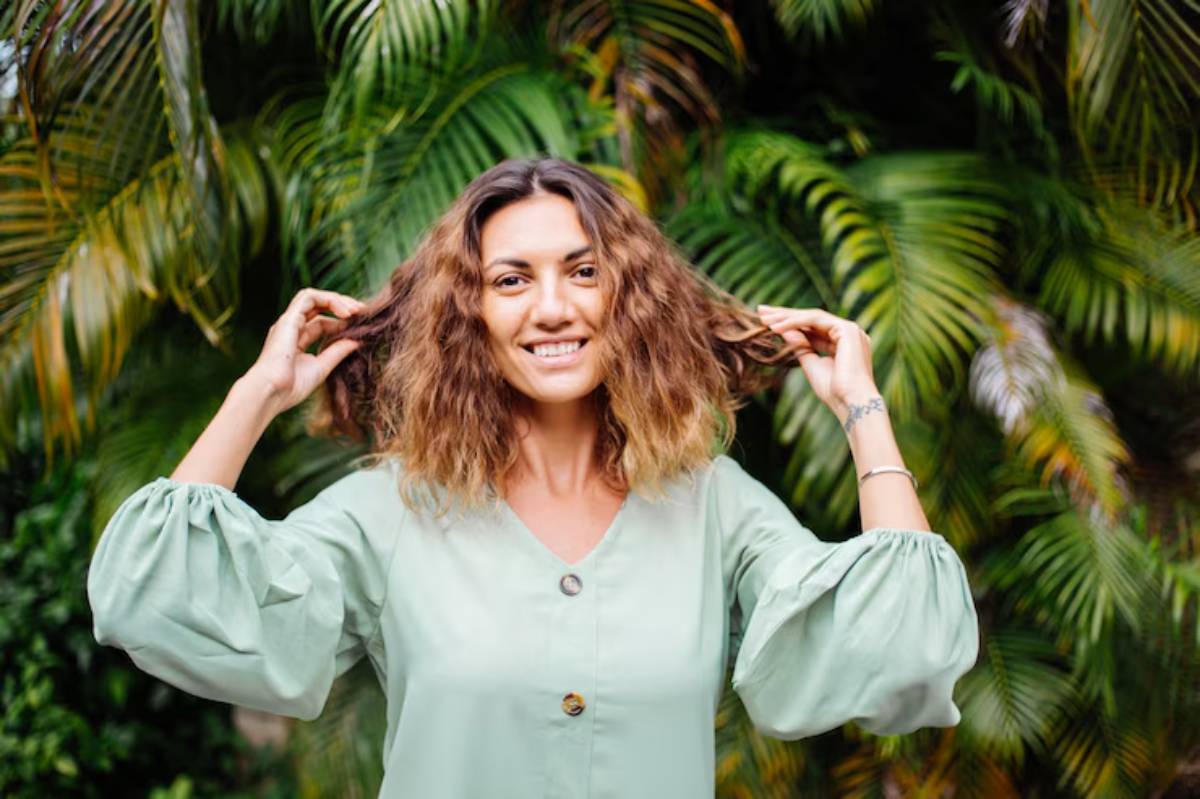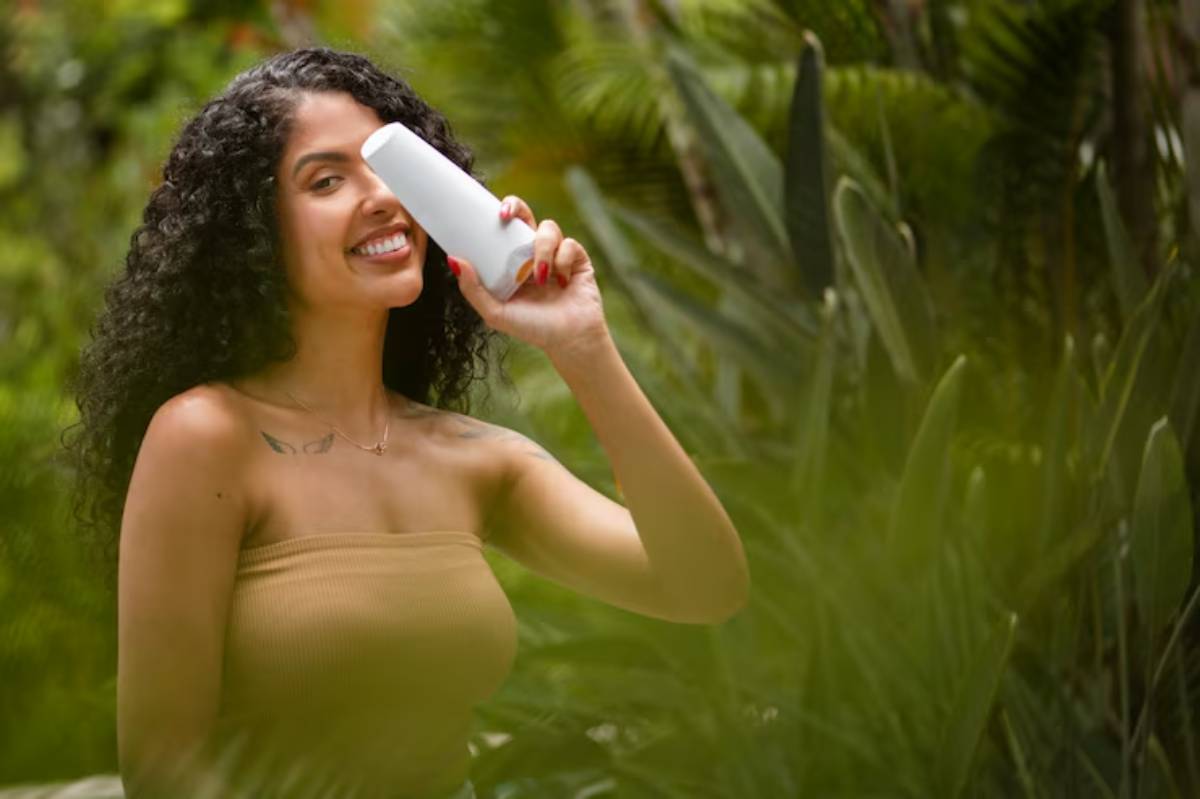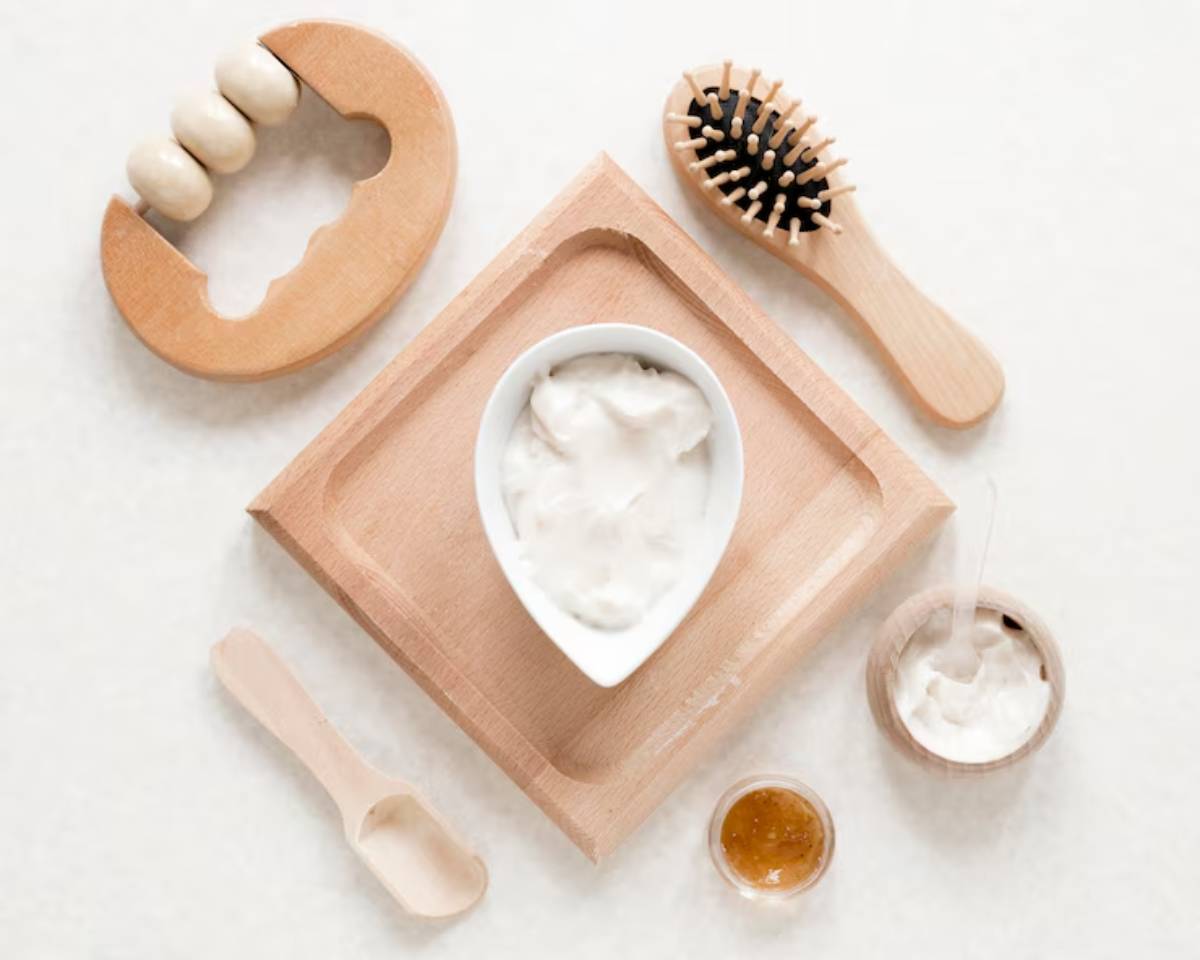
Homemade Hair Masks for Curly Hair
If your curls have been feeling dry, brittle, or just a bit “meh” lately, you’re not alone. Curly hair is prone to dryness by nature, and environmental stressors, product build-up, and over-manipulation can make things worse. While store-bought treatments are helpful, sometimes the best solutions come straight from your kitchen.
Homemade hair masks can deliver real results. When done right, they’re deeply hydrating, affordable, and customisable for your hair’s unique needs. Plus, they skip the harsh chemicals and focus on natural, nutrient-rich ingredients your curls will love. In this article, we’ll dive into the benefits of DIY masks, explore ingredients that nourish curls, and share our favourite recipes for achieving softer, healthier, and more defined hair, right at home.
Why Choose a DIY Hair Mask for Curly Hair?
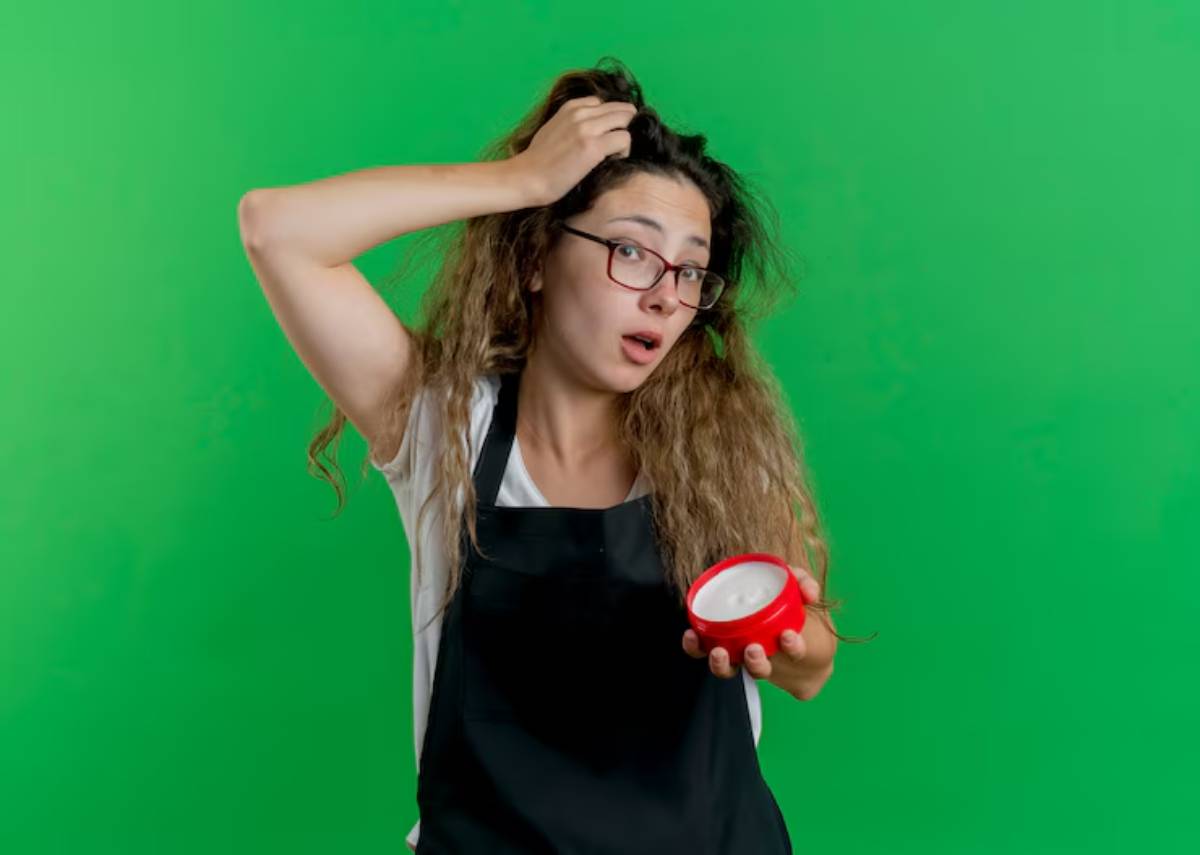
Nourishment Without Nasties
Commercial masks can sometimes contain fillers, artificial fragrances, and silicones that coat the hair rather than treating it. Homemade masks, on the other hand, are made from whole, natural ingredients — meaning you know exactly what’s going onto your scalp and strands.
Customised to Your Curl Type
Your hair is unique. Making your own mask allows you to tailor it to your specific curl type, porosity, and concerns — whether that’s dryness, frizz, lack of definition, or breakage.
Cost-Effective and Convenient
Many of the most effective ingredients — like avocado, honey, and olive oil — are probably already sitting in your kitchen. With a little mixing and minimal prep, you can give your curls a spa-level treatment without spending a fortune.
The Science Behind Natural Ingredients

Let’s break down why these common DIY mask ingredients work — and what role they play in home curl care.
Avocado
- Rich in fatty acids and vitamin E
- Penetrates the hair shaft to deeply moisturise
- Helps repair and smooth dry, brittle strands
Honey
- A natural humectant that draws in moisture from the air
- Adds shine and smoothness
- Has antibacterial properties that soothe the scalp
Coconut Oil
- Helps reduce protein loss in hair
- Provides a protective layer to prevent moisture evaporation
- Ideal for high-porosity curls that lose hydration quickly
Banana
- Contains silica that strengthens and softens
- Promotes elasticity and curl retention
- Packed with antioxidants and vitamins
Aloe Vera
- Hydrates without heaviness
- Soothes itchy or irritated scalps
- Encourages growth with enzymes and amino acids
These powerhouse ingredients make great bases or add-ins for your DIY curly treatments.
Best DIY Hair Mask Recipes for Curls
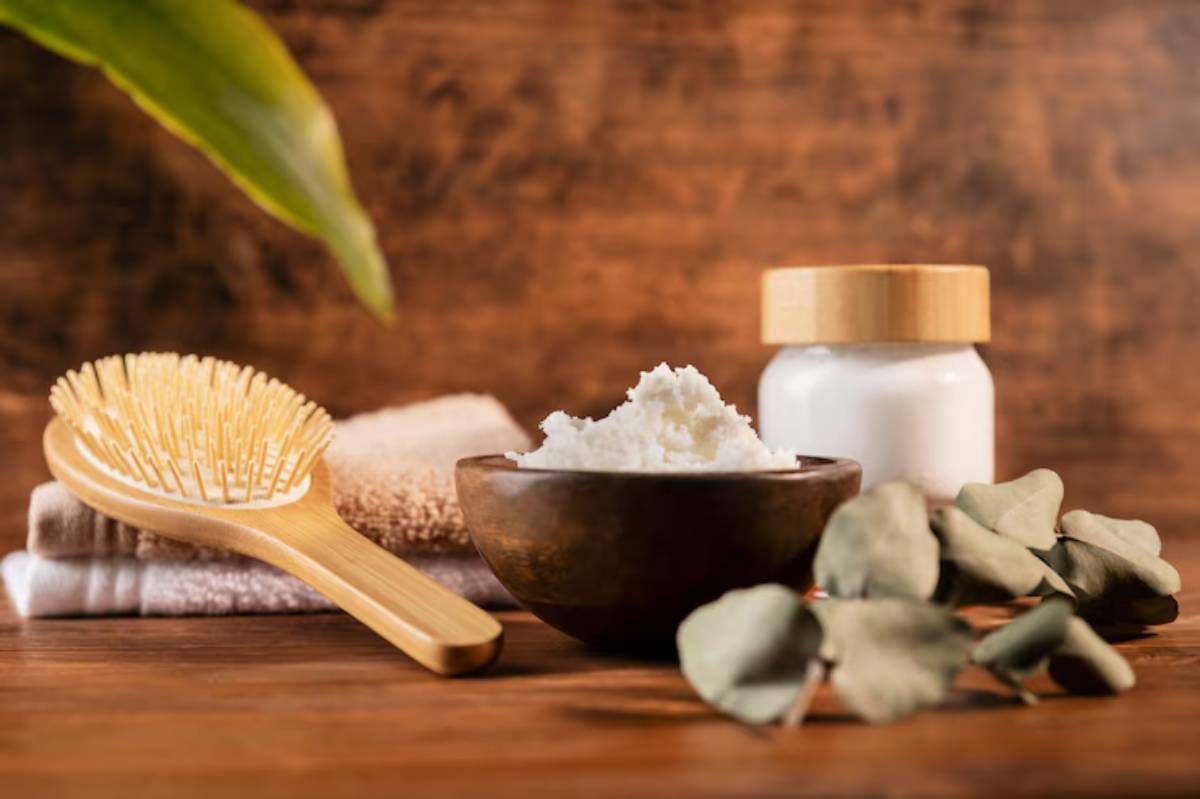
1. The Ultra-Moisture Avocado & Honey Mask
Great for: Dry, frizzy curls that need hydration and shine
Ingredients:
- 1 ripe avocado
- 1 tbsp honey
- 1 tbsp olive oil
Why it works: Avocado moisturises, honey seals in hydration, and olive oil smooths frizz. Your curls will feel soft and look shiny — without feeling greasy.
2. Banana & Yoghurt Curl Softening Mask
Great for: Rough, tangled curls or high-density hair needing slip
Ingredients:
- 1 ripe banana
- 2 tbsp plain yoghurt
- 1 tbsp coconut oil
Why it works: Bananas improve elasticity, yoghurt conditions, and coconut oil helps seal moisture, resulting in curls that detangle easily and hold their shape better.
3. Aloe & Coconut Milk Scalp + Curl Mask
Great for: Itchy scalps, dull curls, or transition-phase hair
Ingredients:
- 2 tbsp aloe vera gel
- 2 tbsp coconut milk
- 1 tsp castor oil
Why it works: Aloe soothes the scalp, coconut milk hydrates, and castor oil stimulates growth. Perfect for sensitive heads and curlies recovering from damage.
Need a regular care framework to support your curl goals? Pair these masks with a simple curly hair regimen that makes consistent moisture easy.
How to Apply a Homemade Mask Effectively
You don’t need a salon to get salon-level results — just a bit of technique.
Preparation Tips
- Always apply on damp hair, not soaking wet or bone dry
- Section your hair to ensure even distribution
- Use a wide-tooth comb or your fingers to detangle as you go
Application Tips
- Start from the mid-lengths to the ends and work up to the roots
- Cover with a shower cap or warm towel to trap heat and open the cuticle
- Leave the mask on for 20–30 minutes, then rinse thoroughly with lukewarm water
Tailoring Masks to Your Curl Type
Type 2 (Wavy Hair)
- Use lighter oils (e.g., almond, argan)
- Opt for aloe vera, honey, and yoghurt-based masks
- Avoid heavy butters that can weigh waves down
Type 3 (Curly Hair)
- Benefit from fruit-based masks like banana or avocado
- A balance of moisture and protein works best
- Coconut oil, olive oil, and honey are ideal
Type 4 (Coily/Kinky Hair)
- Rich ingredients like shea butter and castor oil are perfect
- Go for creamy, fatty base ingredients
- Consistency matters — weekly masking makes a big difference
Remember: Curl patterns don’t exist in isolation. Porosity and density also impact how your hair responds to a mask.
Safety and Storage Tips
Homemade masks are fresh and perishable, so:
- Use immediately after preparation
- Store leftovers in an airtight container in the fridge (up to 3 days max)
- Always patch-test on your wrist or behind your ear to avoid allergic reactions
Avoid metal bowls or spoons when mixing—they can react with certain ingredients, like bananas and yoghurt. Stick to glass or wooden utensils where possible.
The Role of DIY in a Holistic Curl Routine
While DIY masks are incredibly beneficial, they work best as part of a bigger picture.
You still need:
- A sulfate-free shampoo to avoid stripping your natural oils
- A good leave-in conditioner for daily hydration
- Styling products to shape and hold your curls
If you’re still choosing between washday options, our breakdown of sulfate-free shampoos every curly girl needs can help you pick the right cleanser.
Conclusion: Nourish Your Curls Naturally
Homemade hair masks aren’t just a trend — they’re a powerful, proven way to replenish moisture, repair damage, and enhance curl definition without the price tag or chemical overload. Whether you’re easing into the curly girl method, transitioning from heat styling, or simply want a more natural haircare approach, DIY masks offer simplicity, affordability, and visible results.
Your curls are unique, and so is their care. With just a few ingredients, a bit of mixing, and a little patience, you can transform your routine and embrace healthier, happier hair.
Try one DIY mask this week, observe how your curls respond, and let nature lead the way to your best curl days yet.

